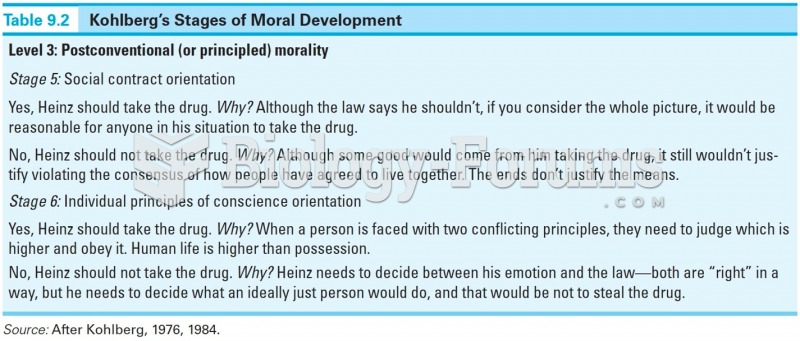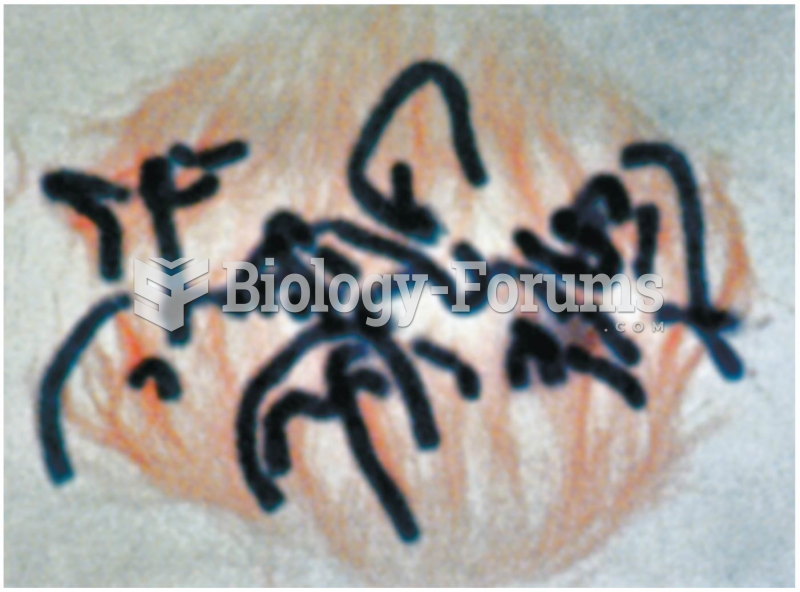Answer to Question 1
a
Answer to Question 2
o Supermax prisons
house inmates who are considered to be at high risk to commit murder behind bars. The inmates are tightly controlled, spending 22 1/2 hours a day in solitary confinement.
o Maximum-security prisons
house those who compile extensive misconduct records and violent and repeat offenders.
A maximum-security prison is defined as a correctional institution designed and organized to control and discipline dangerous felons, as well as prevent escape, with
intense supervision, cement walls, and electronic, barbed wire fences.
Maximum-security prisons were designed with full attention to security and surveillance.
Within these prisons, inmates' lives are programmed in a militaristic fashion to keep them from escaping or from harming themselves or the prison staff.
About a quarter of the U.S. prisons are classified as maximum-security prisons, and they house 16 of the country's prisoners.
These prisons tend to be large in size, housing more than 1,000 prisoners.
The entire operation is usually surrounded by concrete walls that stand 20 to 30 feet high and have also been sunk deep into the ground to deter tunnel escapes.
Fences with razor-ribbon barbed wire that can be electrically charged may supplement the barriers.
The prison walls are studded with watchtowers with armed guards to survey the movement of the prisoners below.
o Medium-security prisons
hold about 35 of the prison population.
Inmates for the most part have committed less serious crimes than those housed in maximum-security prisons and are not considered high risks for escaping or causing harm.
These institutions are not designed for control to the same extent as maximum- security prisons and have a more relaxed atmosphere.
Medium-security prisons offer more educational and treatment programs and allow for more contact between inmates.
In these institutions, rarely are there walled surroundings; instead, these prisons rely on high fences.
Prisoners have more freedom of movement within the structure, and levels of surveillance are lower.
The prisoners' living quarters are less restrictive.
o Minimum-security prisons
hold about 49 of the prison population.
The appearance of the institution is similar to that of a college campus.
Most of the inmates are first-time offenders, nonviolent, and well-behaved and include a high percentage of white-collar criminals.
Inmates are often transferred to minimum-security prisons as a reward for good behavior in other facilities.
Minimum-security prisons do not have armed guards.
Prisoners are allowed amenities such as television sets and computers in their rooms.
Inmates enjoy freedom of movement and are allowed off prison grounds for educational or employment purposes to a greater extent than any other prison program.







